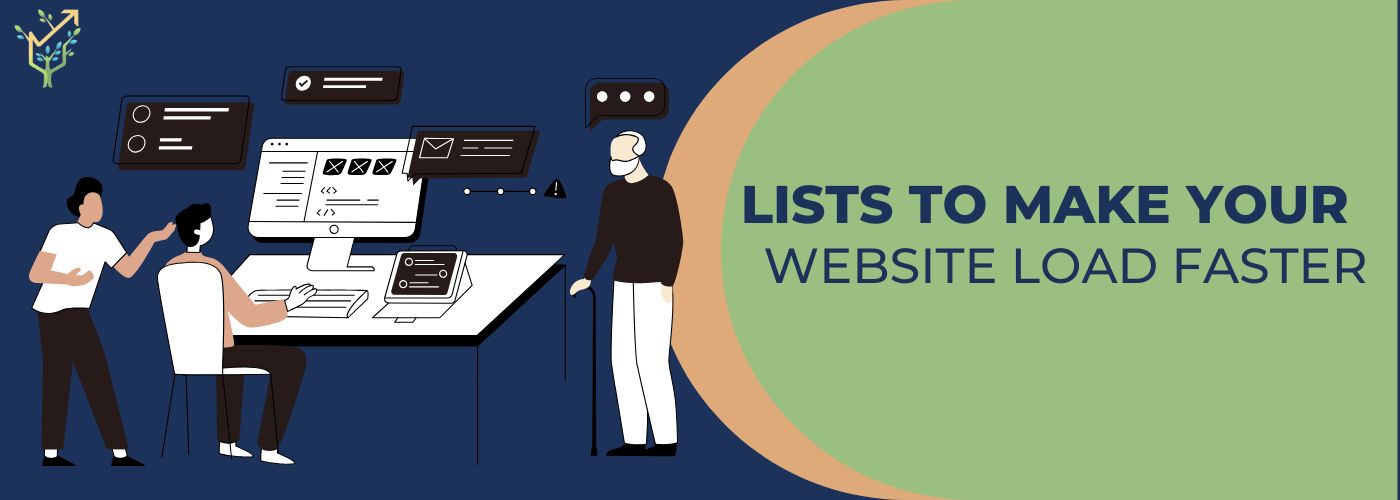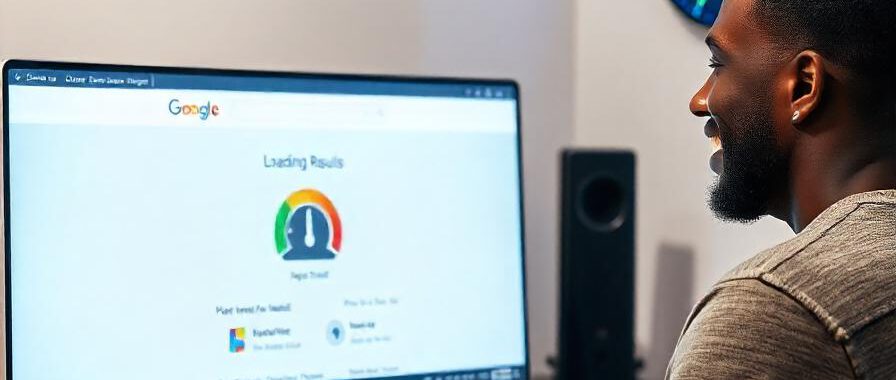Website Optimization Checklist Fast and Lightweight in Only A Few Minutes
A well-designed, fluent website is a very good well-oiled machine. People will want to hang out and browse in it for centuries. But when it takes so long to load and performs so abysmally that visitors run away, never to return, don't lose hope. This blog is well-armed with simple yet effective techniques on how to improve your website's speed and, thereby, enhance its performance step by step.
Why Does Website Speed Matter?
Go to a physical store now and wait in that never-ending line at the checkout. Pretty terrible, right? Just about how visitors feel when they finally arrive at a slow website. Why website speed matters:
1. First impression: This just gives your visitors generally an awful feeling, often discouraging them to come back anytime soon.
2. Visitor retention: Fast sites keep visitors around for even longer; this obviously increases engagement.
3. Improve its Search Engine Optimization, these search engines such as Google rank faster websites higher hence improve their visibility.
More changes turn into conversions, if your web pages take lesser time for downloading, the users will come and buy in.
Lists to Make Your Website Load Faster

1. Find Out How Fast Your Website Loads
Before you make all these changes, first understand how fast your website is as of now. You can use Google PageSpeed Insights or GTmetrix to examine the speed of your site. That would give you an understanding of what's causing the drag on your website, so you know where exactly to optimize.
2. Use a Quick Hosting Service
Your hosting service plays a crucial role in your website’s speed. Choose a hosting provider known for reliability and speed. If you’re using shared hosting, consider upgrading to a VPS (Virtual Private Server) or cloud hosting for better performance and faster load times.
3. Compress Images
The big files will be reduced immensely in the loading of your website. Using image compression tools like TinyPNG or JPEG Optimizer is a way to have smaller sizes in your images without losing any quality. Even the saving of images into new WebP formats does this improve your loading time besides boosting up your overall performance.
4. Use a Content Delivery Network (CDN)
A CDN spreads copies of your site throughout the globe on servers. So, when someone is visiting your website, it serves the content from that closest server to the visitor which cuts down the loading times. Cloudflare and Akamai are two well-known CDNs, that make your website fast.
5. Enable browser caching
This refers to how the visitor's browser will cache parts of your website to speed up its loading the next time the visitor is visiting. Allow browser caching by setting it up from your site or use the plugins like W3 Total Cache for WordPress.
6. Minify CSS, JavaScript, and HTML
Extra white spaces, and unnecessary code will also make your website slow. Make them minify to remove extra white spaces for optimizing your code. It is possible with the usage of tools like MinifyCode or plugins like Autoptimize.
7. Optimize for Mobile Devices
Mobile optimization is no longer a choice since most surfers access web pages through mobile phones. Ensure that your website design is responsive, which automatically changes dimensions based on any screen size. Test the website on multiple devices so that features of the website are working properly.
8. Remove Redirects
Redirections will add extra steps for loading and thus make your site slow. So, eliminate the old redirections to make it enable speedy performance. Use Screaming Frog and other resources to scan and remove all the unnecessary redirects from your website.
9. Gzip Compression
This compresses files on your website, which will make it load faster. Most hosting providers support Gzip. This will make a huge difference in the performance of your site by enabling this through your hosting settings or through plugins.
10. Update Plugins and Themes
It has too many outdated old plugins or themes that make the website slow. Remember to update your site on time and apply them immediately. Delete all the unused plugins to keep your web site clean and running.
11. Periodical Check of Your Website
Optimization is not a once-done task. Keep checking the performance of your website by using Google Analytics and uptime monitoring software. Continue to test the speed of your site so that it will keep on being optimized over time.
Bonus Tips for Extra Speed
1. Lazy Load: Load images and videos in a lazy mode, hence only when they will reach the visitor's browsers while scrolling; that reduces the initial loading time, and therefore enhances performance.
2. Third-party scripts: Do not use third party scripts like the social media widgets, or the advertisements which may slow your website; Use them sparingly.
3. Lightweight theme: Don't forget to use lightweight themes with few features for easy, fast loads
4. Database Optimization: Your database gets full of all your old data in due time. Clean and optimize it periodically using WP-Optimize.
Common Mistakes to Avoid
Avoid mobile optimization: Have your website on multiple mobile platforms and make sure it is responsive when needed.
Too many plugins will slow down your website. Try working with the smallest numbers of them; you should only absolutely need a few. Once you have done the optimizations and test on your site, get rid of the tests since you want to be certain that any change you make on your website will work for you.
Conclusion
A fast-working website is no longer a joy but a necessity. By processes as simple as those mentioned above, you can have amazing heights of website speeds. Start things slow and just begin with optimizations like compressing images and caching. Once your basic optimizations are complete, you can proceed to more complex improvements, such as using a CDN or enabling Gzip compression. Optimizations are always continuous. That can be reviewed from time to time and monitored at times for your site to always be doing well, please the visitors and to search rankings. Act now and see a difference yourself!
